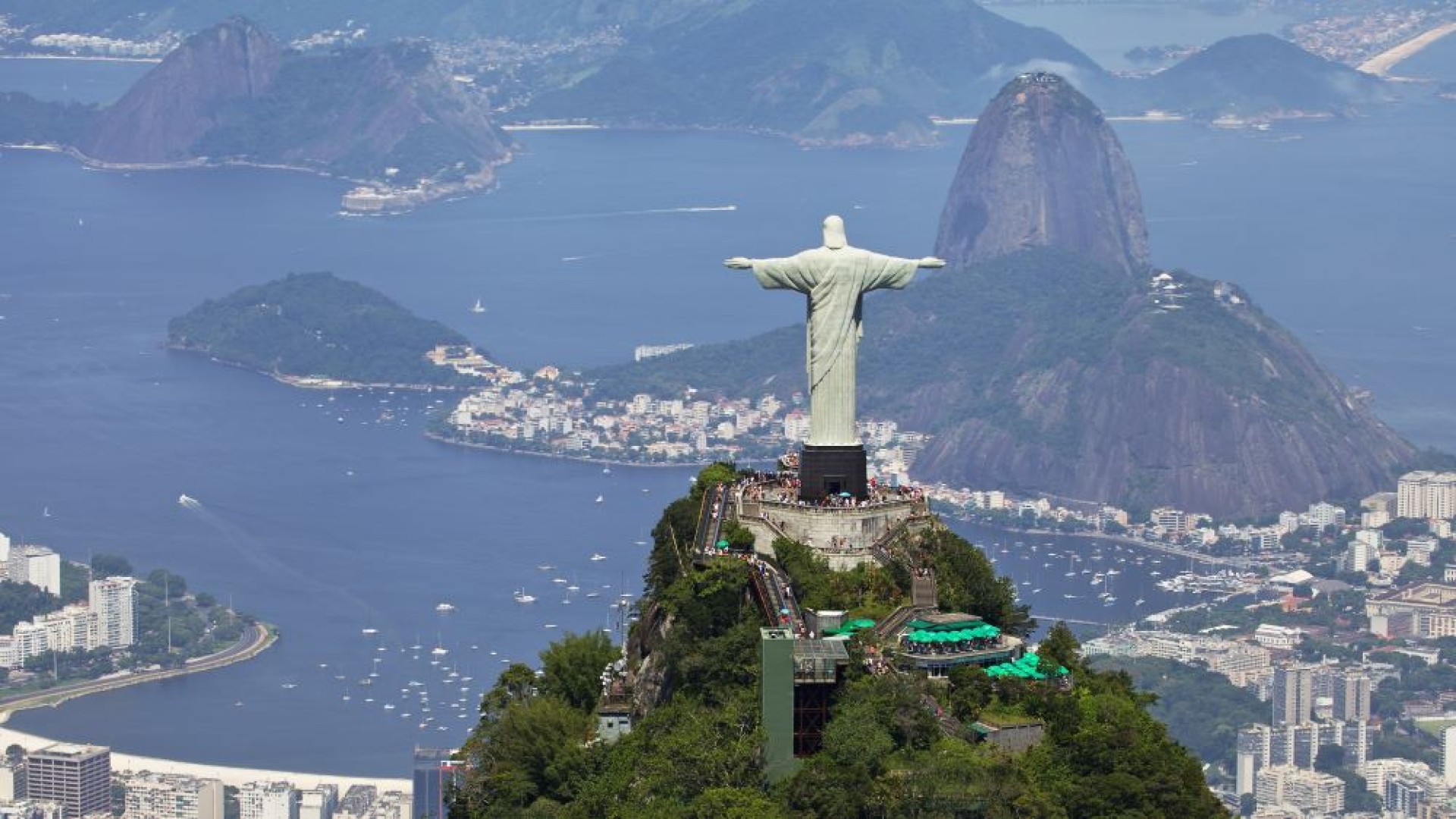Latin America: Catholicism Begins to Decline

A recent report from South American bishops points out the drop in religiosity in the continent which still remains the lifeblood of global Catholicism. A decline is beginning, and it is still difficult to say if the local church will be in a position to stop it.
The data published by the Vatican on October 22, 2023 highlights the slow secularization of Europe, as well as the beginning of a progressive movement of the main body of the Church toward Africa and Asia—even if the American continent remains, for a few more decades, the heart of the Church.
This perspective is confirmed by a very recent study by the Latin American and Caribbean Episcopal Council (CELAM), which warns: “The decline in the number of baptisms and other sacraments, such as confirmations and marriages, also raises questions about sacramentality in the region.”
Yet, seen from the outside, Catholicism in South America seems ideal to the Old Continent: 41% of Catholics live in a region of the world which contains twice as many baptized as in Europe. And yet, there as well, the precursory signs of a transition are manifesting themselves.
“It is possible to conjecture that the number of Catholics in the region, approximated based on the number of baptisms administered per year, will fall in the near future due to the conjunction of two trends: the slowdown in population growth, and the drop in the number of baptisms administered annually,” the report of the South American episcopacy indicates.
It is a turning point which is “joining the trend that has been registered in Europe and North America since the 1970s,” when the decline, due to slow secularization and a turn towards a purely consumerist way of life, was apparent earlier.
At the same time—and it should not surprise us—The Pillar reports that CELAM notes “that alongside the decline in sacraments administered, there was also a widespread weakening of Catholic affiliation, which seemed ‘to indicate a loss of weight of the Catholic Church in the Latin American population, a distancing from the institution.’”
For all that, we are not going to believe that South American Catholicism is in danger—far from it: the study—which also examines statistical development in the 22 episcopal conferences of CELAM—shows the notable increase in the number of priests in Central America, especially in Mexico, over the last 40 years, which is quite good news.
Nevertheless, globally, the number of vocations is no longer really robust: from 1970 until 2005, the number of advanced seminarians has regularly increased, returning in 2020 to the level it was at the end of the 1980s. So there has been no “Francis Effect” and the Synod for the Amazon has not truly reversed the trend.
Consecrated life appears to be affected as well. Archbishop Jorge Eduardo Lozano, secretary general of CELAM, notes: “there has been a decline in female religious life, which raises questions about the future of these works and their impact on the most vulnerable communities.” If the question were asked, this does not seem to be a true moment of realization.
The South American prelates again bend their actions to the need of adapting to modernity, in line with the spirit of the Synod: “Through the data and analysis presented, we are invited to reflect and search for pastoral strategies that will enable the Church to face future challenges.”
Archbishop Lozano later explained, “we must be ready to adapt and respond to the changing needs of our faithful.” The heart of global Catholicism is not healthy.
Related links
(Sources : CELAM/The Pillar – FSSPX.Actualités)
Illustration : Photo 39340140 © Dmitry Islentyev | Dreamstime.com





